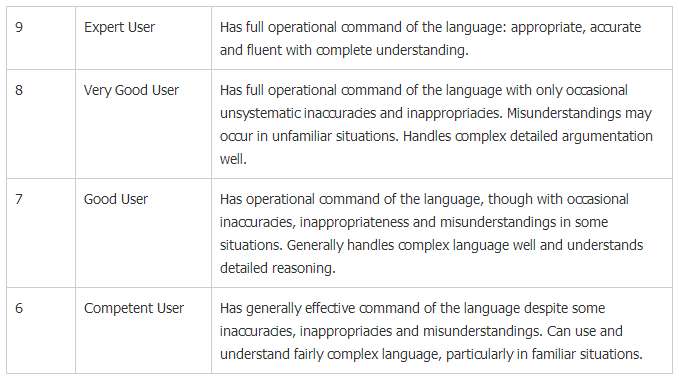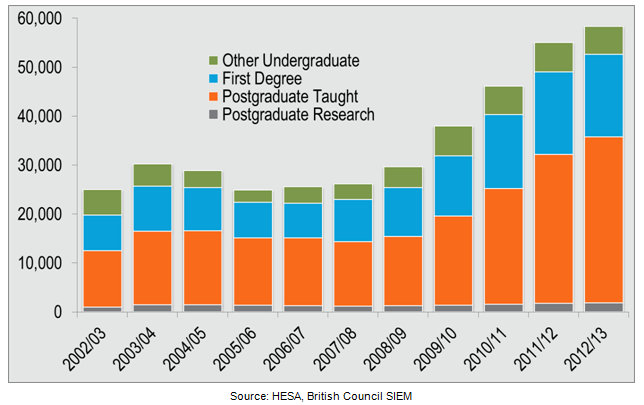Summer on the high seas: the voyage begins
“This voyage has already been at times glorious, exhausting, and so rewarding”
Lauren Hartig, Director of the Field Office at Semester at Sea, gives readers ofThe PIE Blog a taste of what staff and students experience on a voyage in a three-part blog series. Here she gives the first instalment of her travel adventures as she spends the summer on the high seas.
 As an educator who loves everything international, it was my ultimate goal to be a staff member on Semester at Sea. Ten years ago that dream was realised when I sailed on the Semester at Sea Fall 2004 voyage. Even before I officially disembarked from that journey, I knew it was something I wanted to repeat as many times as possible. Ten years later, a career switch from student affairs to international education (plus a master of advanced studies in international relations) and I find myself back on the ship and in a different role.
As an educator who loves everything international, it was my ultimate goal to be a staff member on Semester at Sea. Ten years ago that dream was realised when I sailed on the Semester at Sea Fall 2004 voyage. Even before I officially disembarked from that journey, I knew it was something I wanted to repeat as many times as possible. Ten years later, a career switch from student affairs to international education (plus a master of advanced studies in international relations) and I find myself back on the ship and in a different role.
At the NAFSA conference, I had several past voyagers remark to me that the Field Office can be the hardest and most time consuming role on the ship. After a few days at sea and an average of 12 hours a day, the best analogy is that the Field Office is like a really intense and awesome game of Tetris, but with people and places. And using a really old Gameboy! There is internet on the ship and my office receives what is probably the best connection, but by today’s minimum standard, “best” is far from what we have come to expect in our day to day technological fervor.
“The Field Office is like a really intense and awesome game of Tetris, but with people and places”
My job focuses on the actual in country experiences – the field labs and the field programs. Semester at Sea is a multi-country interdisciplinary experience with 41 faculties offering 49 class options, of which the students take 3-4. Class days are while we are at sea (even on a Saturday and Sunday based on the schedule) and each class has an in-country eight hour Field Lab developed with the home office (ISE – Institute for Shipboard Education) well in advance. Some of the choices for the summer 2014 students include Politics of Sustainable Consumption, Economic Development & Entrepreneurship, and Hormones & Health. The 465 students on our voyage come from over 212 different universities and represent 41 states and 21 countries. As we have come to expect in study abroad programs, the majority of students are female by an almost 70/30 ratio. The students, faculty, and staff can choose to travel independently in our 10 different ports/countries in Europe and Scandinavia over the next 66 days or they can sign up for overnight or day trips that the Field Office organizes and facilities in Virginia and on the ship.
This voyage has already been at times glorious, exhausting, and so rewarding. A personal highlight for me was leading a dozen students to a Wild Animal Recovery Shelter for and IMPACT trip (a service oriented experience) and getting to cuddle a baby rabbit.
If you would like to follow along with our specific voyage, please visit the semester sea News from the Helm website at www.semesteratsea.org and look for Summer 2014 updates. Stay tuned for more from me as I attempt to keep afloat in the Field Office and meet as many students and attend as many local festivals in as many countries as possible!

